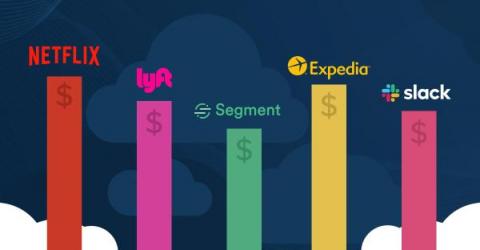What Is AWS Anomaly Detection? (And Is There A Better Option?)
To explain how cost anomaly detection works in AWS, let’s first look at an analogy. Imagine you strategically propagate, cultivate, harvest, and replenish trees for a thriving forest products company. In keeping with your eco-friendly policy, you only harvest the trees with straight and tall trunks. You leave irregularly shaped trees alone. Your company doesn’t harvest trees you won't use.








